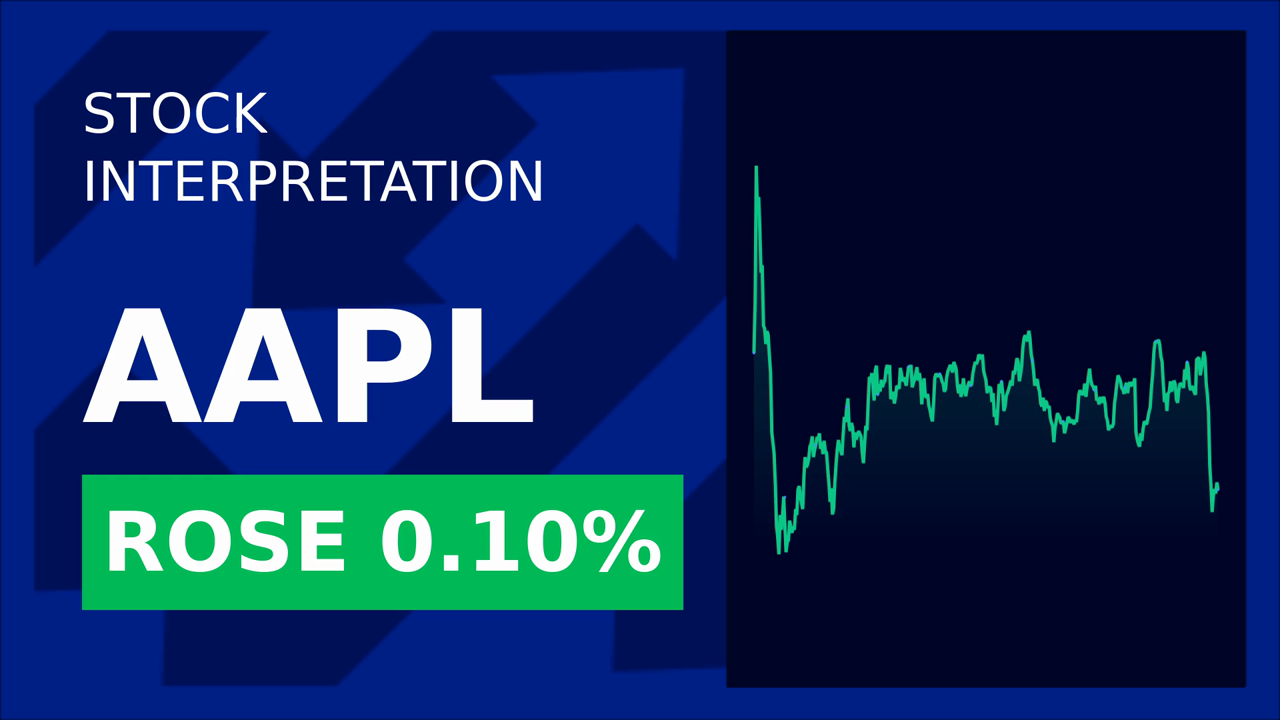Apple's New MacBook Pro: A Deep Dive into Performance and Market Impact
Wednesday, Nov 13, 2024 1:18 pm ET
Apple's latest MacBook Pro models, featuring the M4 Pro and M4 Max chips, have generated significant buzz in the tech industry. With promises of improved performance, enhanced connectivity, and advanced display options, these laptops are poised to make a splash in the premium laptop market. This article delves into the key performance improvements, compares the new MacBook Pro's performance to its predecessors and competitors, and examines the potential impact on Apple's market share and the broader laptop market.
The new MacBook Pro models, announced in October 2023, boast several key performance improvements over their predecessors. The M4 family of chips, built using second-generation 3-nanometer technology, delivers faster single-threaded CPU performance, improved multithreaded CPU performance, and enhanced GPU and Neural Engine capabilities. The M4 Max model, in particular, pushes workflows to the extreme with a much larger GPU featuring up to 38 cores and up to 400GB/s of unified memory bandwidth. Additionally, the advanced 12MP Center Stage camera, nano-texture display option, and improved battery life contribute to an overall enhanced user experience.
When compared to previous models and competitors, the new MacBook Pro's performance is nothing short of impressive. The M4 Pro and M4 Max chips offer up to 2.5x faster CPU and 3.4x faster GPU performance compared to the previous generation. In benchmarks such as Geekbench 5, Cinebench R23, and Puget Systems Photoshop Benchmark, the new MacBook Pro models outperform their predecessors and many competing laptops in their price range.
The new MacBook Pro's advanced features are expected to drive demand and boost Apple's market share in the premium laptop segment. The M4 chips offer up to 30 percent faster performance than the previous M2 chips, and the nano-texture display reduces glare and provides a more organic viewing experience. Additionally, the improved battery life, up to 24 hours, addresses a common pain point for professionals who need to work on-the-go. These enhancements are likely to appeal to Apple's target market of creative professionals, developers, and power users, further solidifying Apple's position in the high-end laptop market.
In conclusion, Apple's new MacBook Pro models, powered by the M4 Pro and M4 Max chips, represent a significant leap forward in performance and user experience. With their impressive benchmark scores, enhanced connectivity, and advanced display options, these laptops are well-positioned to capture a larger share of the premium laptop market. As Apple continues to innovate and push the boundaries of what's possible in laptop design, investors can expect the company to maintain its competitive edge in the high-end laptop segment.
Word count: 598
The new MacBook Pro models, announced in October 2023, boast several key performance improvements over their predecessors. The M4 family of chips, built using second-generation 3-nanometer technology, delivers faster single-threaded CPU performance, improved multithreaded CPU performance, and enhanced GPU and Neural Engine capabilities. The M4 Max model, in particular, pushes workflows to the extreme with a much larger GPU featuring up to 38 cores and up to 400GB/s of unified memory bandwidth. Additionally, the advanced 12MP Center Stage camera, nano-texture display option, and improved battery life contribute to an overall enhanced user experience.
When compared to previous models and competitors, the new MacBook Pro's performance is nothing short of impressive. The M4 Pro and M4 Max chips offer up to 2.5x faster CPU and 3.4x faster GPU performance compared to the previous generation. In benchmarks such as Geekbench 5, Cinebench R23, and Puget Systems Photoshop Benchmark, the new MacBook Pro models outperform their predecessors and many competing laptops in their price range.
SMR, BTM, MSTR, CAN, GRPN...Turnover Rate, Trading Volume
The new MacBook Pro's advanced features are expected to drive demand and boost Apple's market share in the premium laptop segment. The M4 chips offer up to 30 percent faster performance than the previous M2 chips, and the nano-texture display reduces glare and provides a more organic viewing experience. Additionally, the improved battery life, up to 24 hours, addresses a common pain point for professionals who need to work on-the-go. These enhancements are likely to appeal to Apple's target market of creative professionals, developers, and power users, further solidifying Apple's position in the high-end laptop market.
In conclusion, Apple's new MacBook Pro models, powered by the M4 Pro and M4 Max chips, represent a significant leap forward in performance and user experience. With their impressive benchmark scores, enhanced connectivity, and advanced display options, these laptops are well-positioned to capture a larger share of the premium laptop market. As Apple continues to innovate and push the boundaries of what's possible in laptop design, investors can expect the company to maintain its competitive edge in the high-end laptop segment.
Word count: 598

_b905d9341749265671656.jpg)








